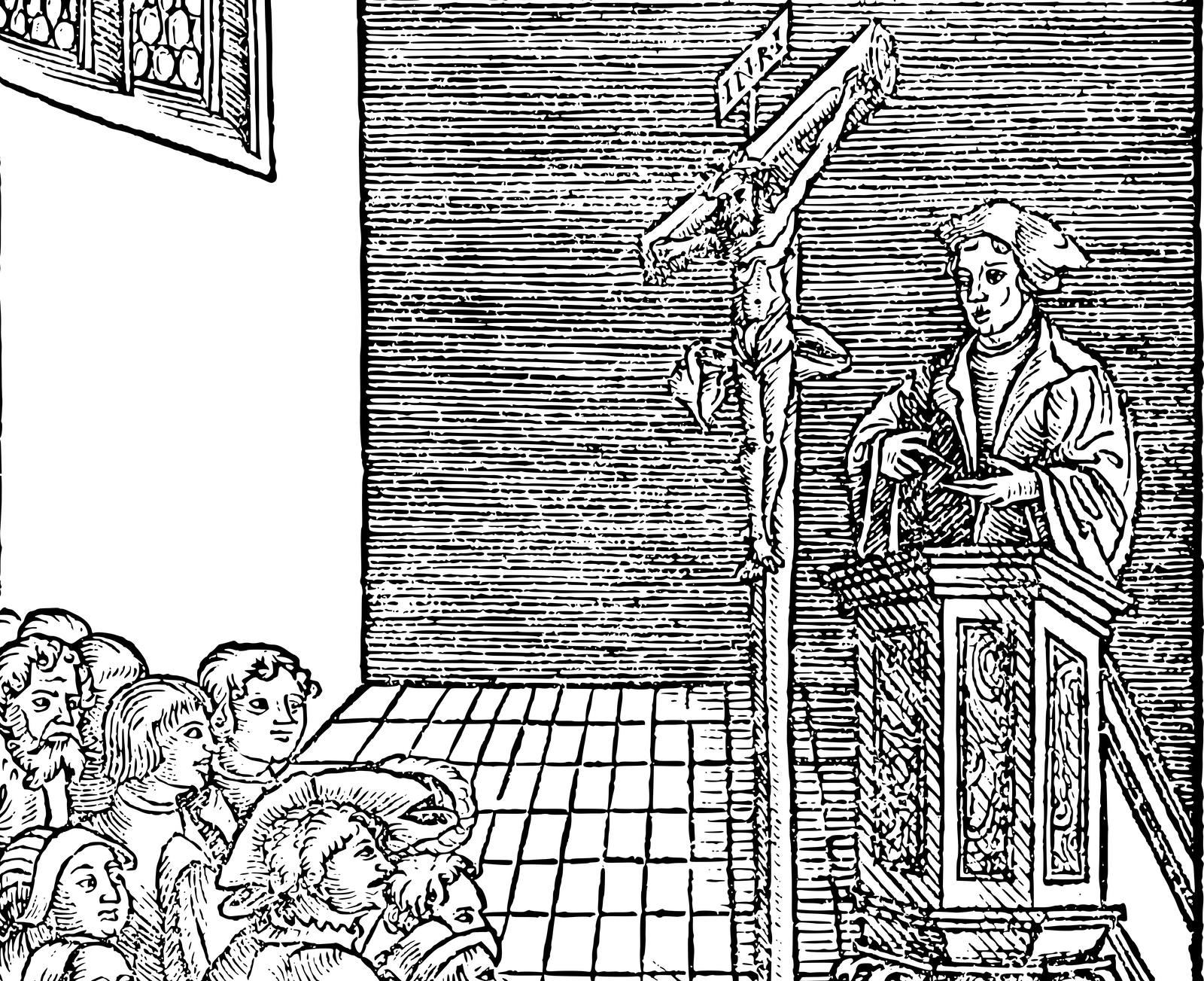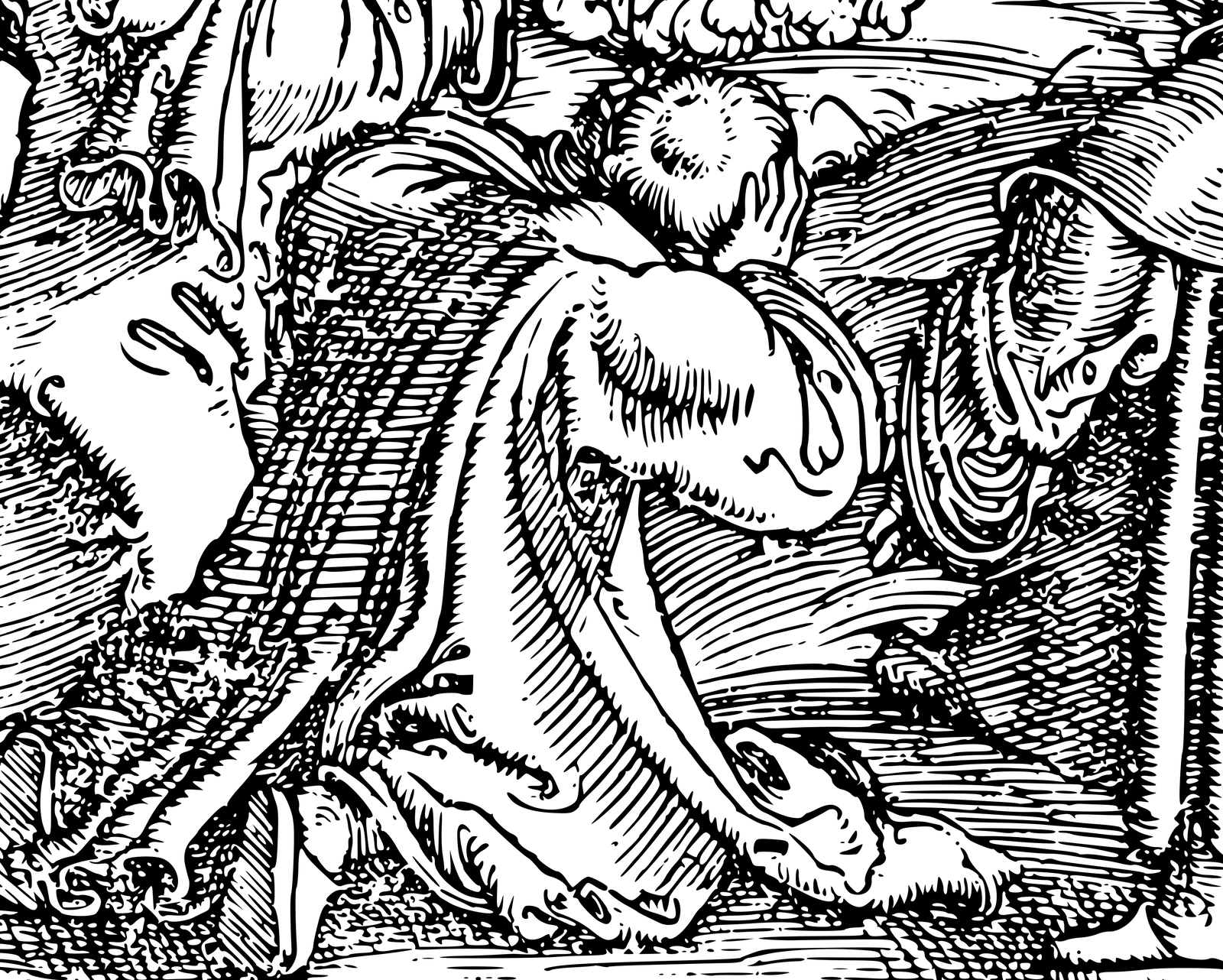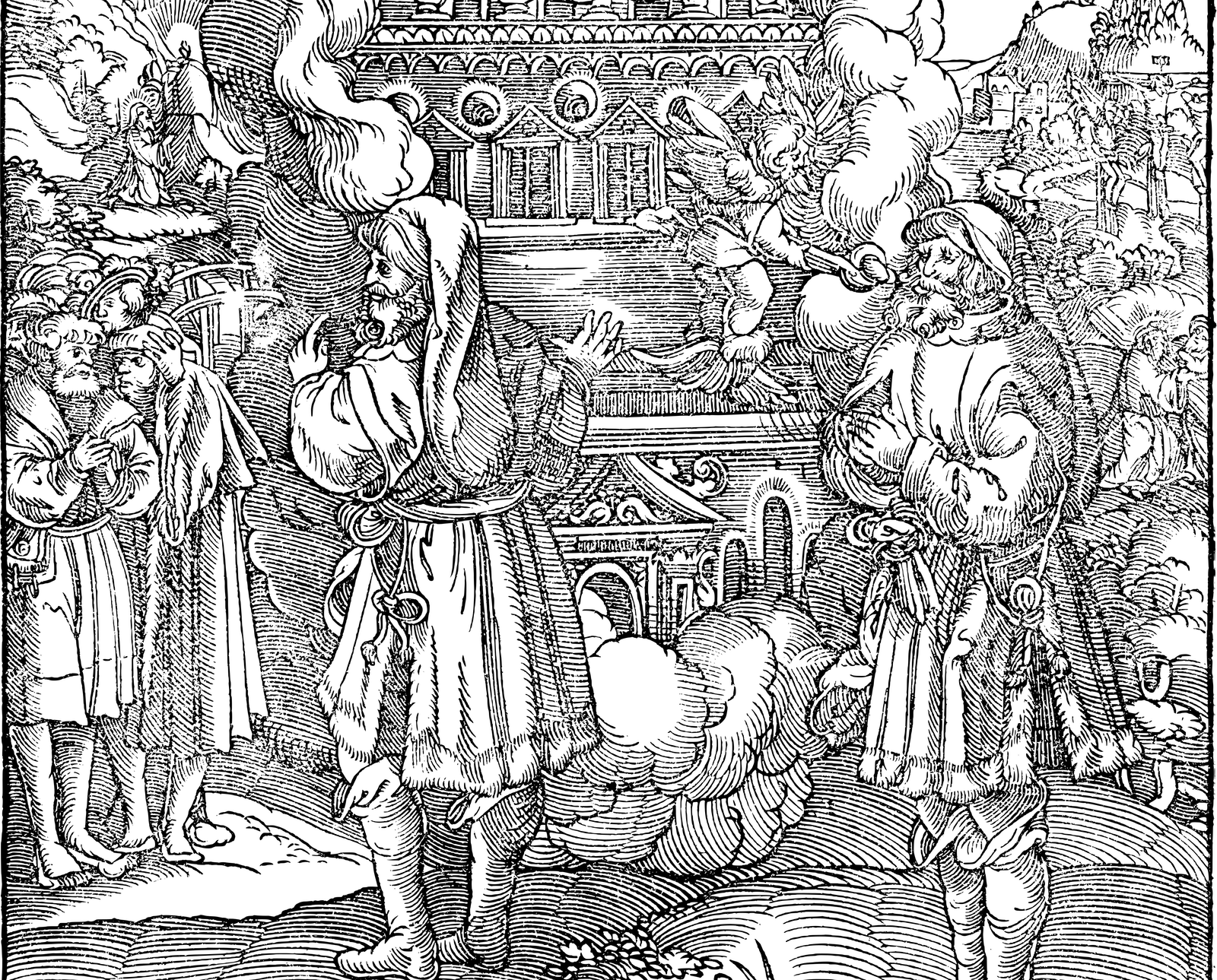What exactly were the people who built the Tower of Babel trying to accomplish? A rather compelling theory goes something like this:
Nimrod, called “a mighty hunter before the LORD,” is not a heroic figure blessed by God. Nimrod’s name means “rebel,” and he’s “mighty” in the sense that he’s a powerful man who lives in defiance of Yahweh. The grandson of Noah’s cursed son Ham, Nimrod hates the God of Noah, the God who drowned the wicked of the world for turning away from Him. On account of this hatred, Nimrod becomes king of those who have migrated east and declares that they are going to build a tower so great and tall that this God of Noah can never drown mankind again. Through their united efforts, they will accomplish what those rebels before the flood could not. They will build a fortress enabling them to escape the wrath of the God they refuse to serve.
I find this theory rather convincing—not because it is explicitly taught in the text of Genesis 11 (it’s not), but because this is the way that sinners frequently respond to the threat of God’s judgment. When sinners won’t repent, they recruit, convincing themselves that, by working together, they can continue successfully to hide from divine punishment while holding onto their sins.
A great example of this foolish belief is found in how people view art. What is the purpose of painting? What is an artist seeking to accomplish when he molds a piece of clay?
Throughout most of Christendom’s history, we had a common answer to that question: the purpose of art is to glorify God. When we use art to depict the majesty of creation, we glorify the One who created it. When we use art to lament the tragedies of this life, we glorify God by confessing that these sorrows and hardships are alien elements in this world, that they are not a part of the perfect creation He gave to us in Eden. Whether it’s the Sistine Chapel or the works of J.S. Bach, whether the authors intended to glorify God or not, this is what makes art art.
But in more recent years, as artistic credibility has been gobbled up by secularists, a new mindset has emerged—a mindset that is very much the polar opposite of the Christian view. Art doesn’t exist to glorify God. Art exists to mock Him. Art exists to defy God, to reject His word and commandments. Art exists to continue Nimrod’s legacy. It exists to unite men together in their hatred of God. It exists to build a tower where all who cling to their sins imagine they can escape the judgment of God.
During the First World War, Marcel Duchamp famously debuted a piece known as “Fountain,” which was nothing but a porcelain urinal. Less than 20 years later, Henry Miller wrote “Tropic of Cancer,” a novel that was initially banned in the United States for its obscenity. In the years following the Second World War, Brutalism, an architectural style famous for its soulless, monochrome slabs of concrete, began to infect the London Skyline.
Following the sexual revolution, Andres Serrano attempted to convince us that placing a crucifix in a jar of his own urine was a bold, visionary statement. World-renowned writer Terrance McNally conjured up Corpus Christi, a play depicting Jesus and the Apostles as homosexuals.
When you look at these artistic pieces and movements in the context of their creators’ lives and culture, it’s easy to see what was happening. Nimrod’s artists had gathered together, confident that they could use their art to build a tower where God could not possibly hurt them anymore.
This God of their parents who had twice flooded the world with war and bloodshed on an unimaginable scale—they would not be subject to Him. They would not be judged by Him. They would not be intimidated by Him. This God who had the audacity to withhold from them the beauty and the majesty He created, they would mock Him by depicting filth and hideousness and then praise each other for their boldness. They would trade arches and colors for lifeless, brown blocks of brick and commend each other for their authenticity. This God spent six days painting the great tapestry of creation; they would spend thirteen seconds haphazardly slapping paint on a canvas and then bathe in the adulation of their peers who called them “brave” and “daring.”
This God of the Bible who had dared call them to lives of chastity—they would not submit to His authority. They would not hear His call to repentance. They would mock the images of His crucifixion, blaspheme His name by portraying Him as a child of Sodom rather than a Son of God, and give each other awards for their creation. They would film themselves worshipping the unholy desires of their flesh and insist that it was art because it dared to defy the sensibilities of those square Christians and their equally square God, all the while convincing themselves that the applause of their fellow bricklayers somehow meant that they had successfully built that tower into the heavens, eternally insulating themselves from the judgment of God.
When you consider the pop art of recent years—oversexualized music, drab and pornographic television shows, supposedly inspiring films about people who liberated themselves through sexual deviancy—it’s easy to see how the Nimrodian school of art has become the dominant one in our culture. And, as Christians, it’s easy for us to get bullied out of debates with those who are convinced that the highest thing art can do is shock the sensibilities of your Bible-loving grandmother.
But we shouldn’t let ourselves get bullied out of maintaining a godly understanding of art. We know the truth.
“The heavens declare the glory of God, and the sky above proclaims His handiwork.” So says Psalm 19:1. And the goal of art is to point to the glory of God that is seen in creation, even as the goal of sacred art is to proclaim the glory of God that was manifested upon the cross. And because this is what art is supposed to accomplish, then those who accomplish it are greater artists than those who don’t. Rembrandt was a better artist than Jackson Pollock because Rembrandt painted Christ with honesty and awe, while Pollock with ego and sloth painted nothing. Bach is greater than John Cage, because Bach paired music with the Word of God in an attempt to magnify the One who created us to live with Him forever, and John Cage mocked his Creator by spending four minutes and thirty-three seconds refusing to create anything and then calling it his creation.
You don’t need a Masters in Fine Arts to know what the purpose of art is. All you need is a pair of eyeballs and a Catechism. God created our bodies and souls, our reason and all our senses. He gave us the intelligence to mold clay, to write songs and tell stories. God gave us the power to create art in order that we might say the same things He did in His own creation of the heavens and the earth: that He is great, glorious, and, as He revealed so clearly on the cross, that He is merciful.



